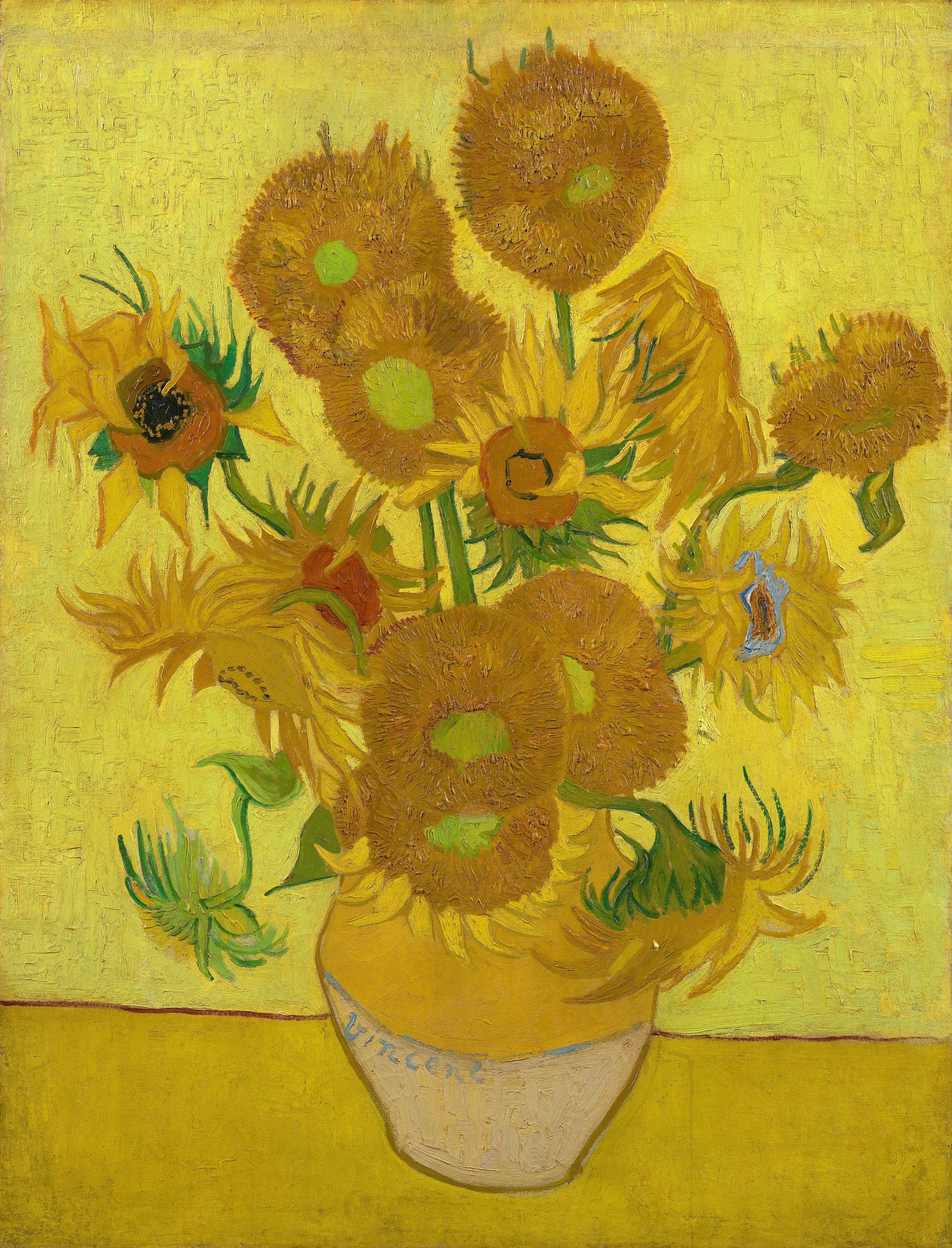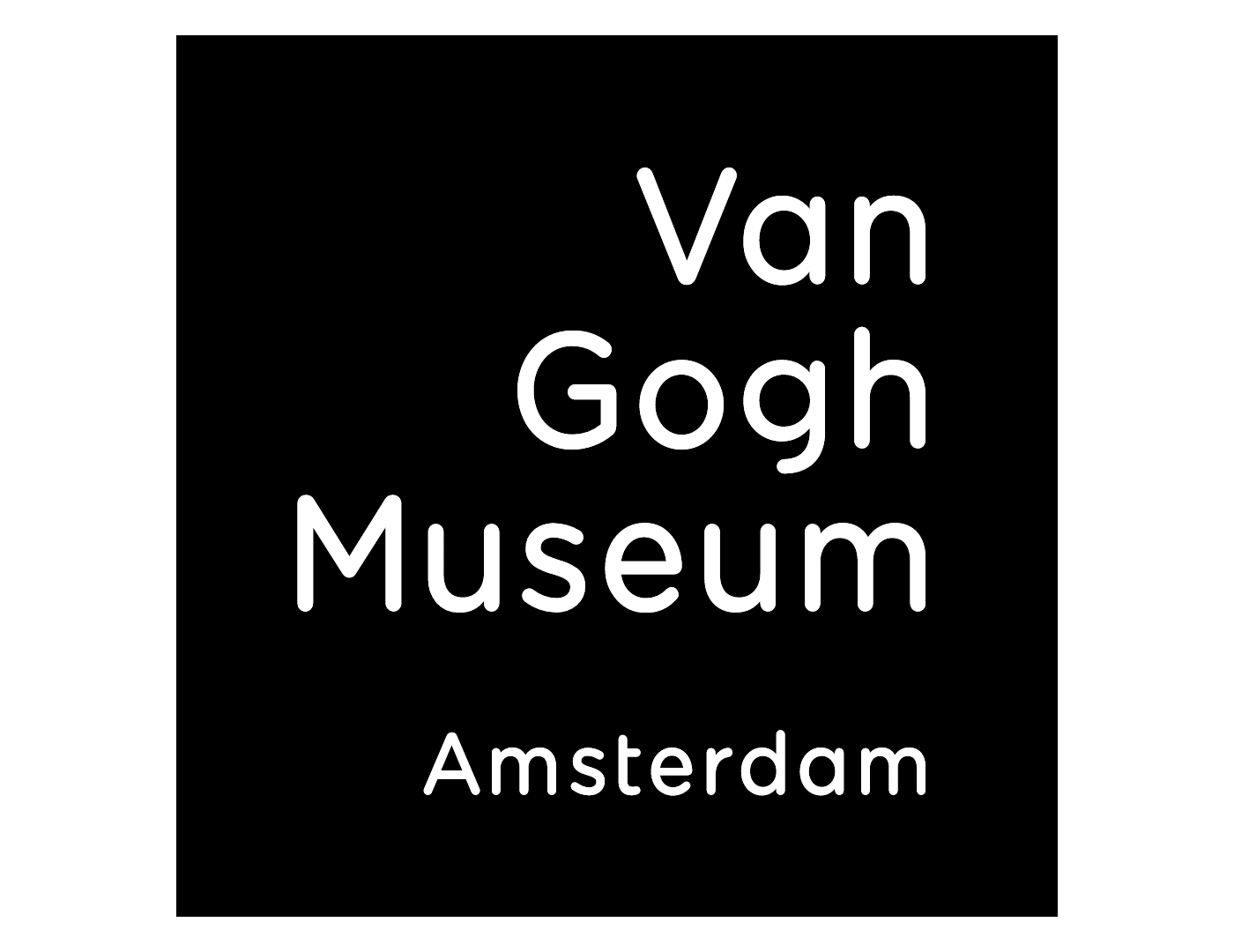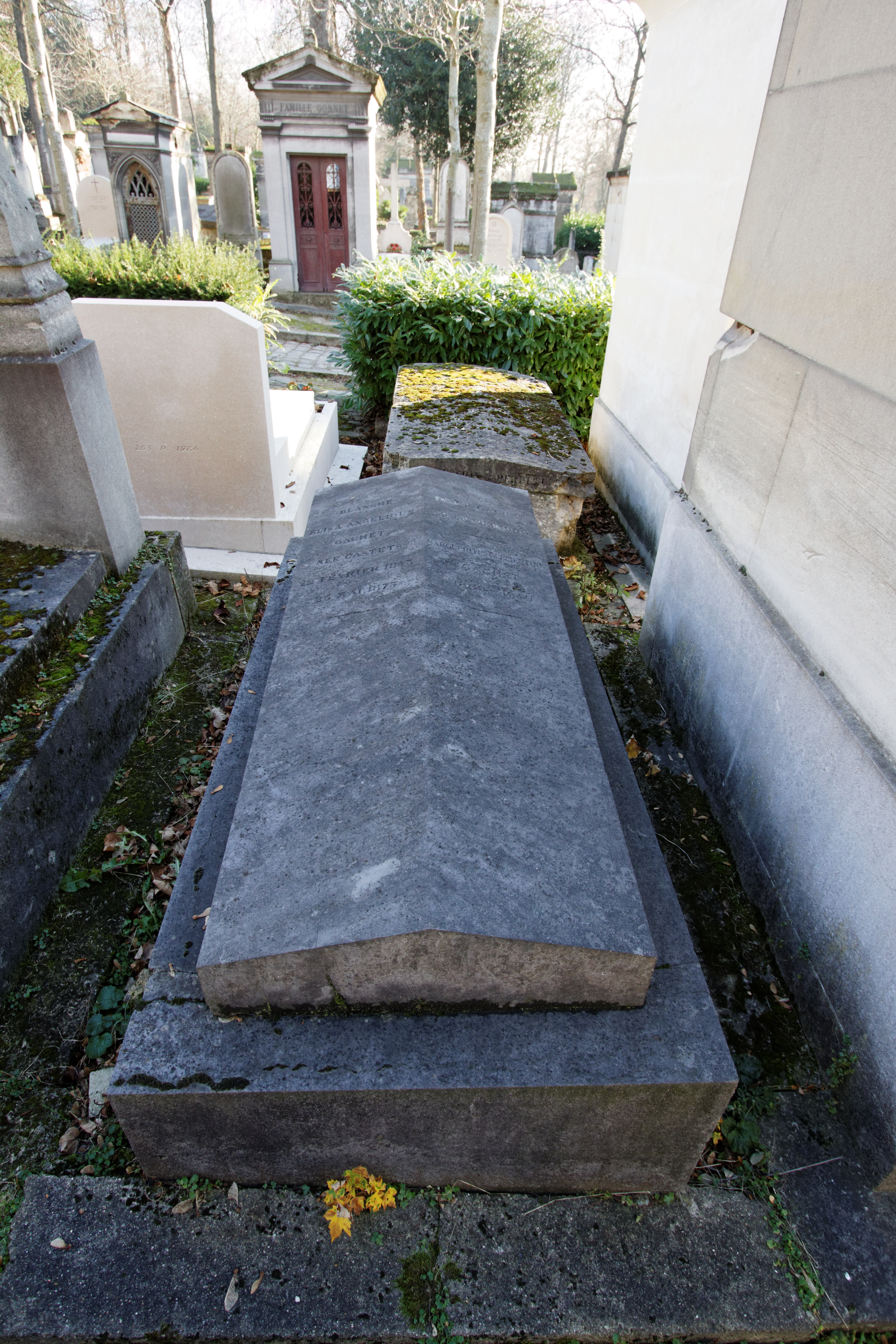|
Landscape With A Carriage And A Train
''Landscape with a Carriage and a Train'' is an oil painting by Vincent van Gogh that he painted in June 1890 when he lived in Auvers-sur-Oise, France. Background Van Gogh spent the last few months of his life in Auvers-sur-Oise, a small town just north of Paris, after he left an asylum at Saint-Rémy in May 1890. He made the painting in the week following his portraits of Dr. Gachet. The viewpoint from above was a favourite perspective of his since his days sketching in the dunes of Scheveningen at The Hague with the aid of a perspective frame.Naifeh and Smith (2011) pp. 290-3 Van Gogh described the painting in a letter to his sister Wil: The painting is in the collection of the Pushkin Museum of Fine Arts, Moscow. See also *List of works by Vincent van Gogh List of works by Vincent van Gogh is an incomplete list of paintings and other works by the Dutch artist Vincent van Gogh. The listing is ordered by year and then by catalogue number. While more accurate dating of ... [...More Info...] [...Related Items...] OR: [Wikipedia] [Google] [Baidu] |
Vincent Van Gogh
Vincent Willem van Gogh (; 30 March 185329 July 1890) was a Dutch Post-Impressionist painter who posthumously became one of the most famous and influential figures in Western art history. In a decade, he created about 2,100 artworks, including around 860 oil paintings, most of which date from the last two years of his life. They include landscapes, still lifes, portraits and self-portraits, and are characterised by bold colours and dramatic, impulsive and expressive brushwork that contributed to the foundations of modern art. Not commercially successful, he struggled with severe depression and poverty, eventually leading to his suicide at age thirty-seven. Born into an upper-middle class family, Van Gogh drew as a child and was serious, quiet, and thoughtful. As a young man, he worked as an art dealer, often traveling, but became depressed after he was transferred to London. He turned to religion and spent time as a Protestant missionary in southern Belgium. He drif ... [...More Info...] [...Related Items...] OR: [Wikipedia] [Google] [Baidu] |
Wil Van Gogh
Wilhelmina (Wil) Jacoba van Gogh (; 16 March 1862 – 17 May 1941) was a nurse, teacher of scripture, and early Dutch feminist. She is the youngest and best-known sister of artist Vincent van Gogh, with whom he was close, and the art dealer Theo van Gogh. Life Wilhelmina Jacoba van Gogh was born on 16 March 1862 in Zundert in the Netherlands, daughter of Theodorus van Gogh and Anna Cornelia Carbentus. She had three brothers Vincent, Theo, and Cor, and two sisters Elisabeth (Lise) and Anna. Wil and Vincent were close at an early age. They both had difficulties at school, both "rejected society's prevailing norms" and were "socially engaged and very creative," and "struggled with their mental health, which they discussed openly with each other." Wil never married or had children. During the first part of her life Wil van Gogh served her family and others, nursing the sick. When her mother broke her leg, Wil nursed her to health, with Vincent saying in a letter, "What Wil doe ... [...More Info...] [...Related Items...] OR: [Wikipedia] [Google] [Baidu] |
Trains In Art
Criteria A locomotive or train can play many roles in art, for example: * As the main subject of a painting, sculpture, or photograph * As a work of art in itself in addition to most functional considerations, especially in streamlined steam locomotives and luxury passenger accommodations of the early 20th century, known also as the Machine Age * As a subject for a novel or film * As a metaphor in song or poetry, particularly for physical power or directed movement (physical, ''romantic'' (phallic) or other), as in ''Fisherman's Blues'': ::"I wish I was the brakeman ::on a hurtling, fevered train ::crashing headlong into the heartland ::like a cannon in the rain" In 1978, the Centre Georges Pompidou in Paris held the exhibition "Les Temps des Gares" with the Palais des Beaux-Arts in Brussels, the National Railway Museum in York, and the Leonardo da Vinci Museum of Science and Technology in Milan. In 2008, Liverpool's Walker Art Gallery held an exhibition entitled: "Art in th ... [...More Info...] [...Related Items...] OR: [Wikipedia] [Google] [Baidu] |
Farming In Art
Agriculture or farming is the practice of cultivating plants and livestock. Agriculture was the key development in the rise of sedentary human civilization, whereby farming of domesticated species created food surpluses that enabled people to live in cities. The history of agriculture began thousands of years ago. After gathering wild grains beginning at least 105,000 years ago, nascent farmers began to plant them around 11,500 years ago. Sheep, goats, pigs and cattle were domesticated over 10,000 years ago. Plants were independently cultivated in at least 11 regions of the world. Industrial agriculture based on large-scale monoculture in the twentieth century came to dominate agricultural output, though about 2 billion people still depended on subsistence agriculture. The major agricultural products can be broadly grouped into foods, fibers, fuels, and raw materials (such as rubber). Food classes include cereals (grains), vegetables, fruits, cooking oils, meat, milk, eg ... [...More Info...] [...Related Items...] OR: [Wikipedia] [Google] [Baidu] |
1890 Paintings
Year 189 ( CLXXXIX) was a common year starting on Wednesday (link will display the full calendar) of the Julian calendar. At the time, it was known as the Year of the Consulship of Silanus and Silanus (or, less frequently, year 942 ''Ab urbe condita''). The denomination 189 for this year has been used since the early medieval period, when the Anno Domini calendar era became the prevalent method in Europe for naming years. Events By place Roman Empire * Plague (possibly smallpox) kills as many as 2,000 people per day in Rome. Farmers are unable to harvest their crops, and food shortages bring riots in the city. China * Liu Bian succeeds Emperor Ling, as Chinese emperor of the Han Dynasty. * Dong Zhuo has Liu Bian deposed, and installs Emperor Xian as emperor. * Two thousand eunuchs in the palace are slaughtered in a violent purge in Luoyang, the capital of Han. By topic Arts and sciences * Galen publishes his ''"Treatise on the various temperaments"'' (aka '' ... [...More Info...] [...Related Items...] OR: [Wikipedia] [Google] [Baidu] |
Paintings Of Auvers-sur-Oise By Vincent Van Gogh
Painting is the practice of applying paint, pigment, color or other medium to a solid surface (called the "matrix" or "support"). The medium is commonly applied to the base with a brush, but other implements, such as knives, sponges, and airbrushes, can be used. In art, the term ''painting ''describes both the act and the result of the action (the final work is called "a painting"). The support for paintings includes such surfaces as walls, paper, canvas, wood, glass, lacquer, pottery, leaf, copper and concrete, and the painting may incorporate multiple other materials, including sand, clay, paper, plaster, gold leaf, and even whole objects. Painting is an important form in the visual arts, bringing in elements such as drawing, composition, gesture (as in gestural painting), narration (as in narrative art), and abstraction (as in abstract art). Paintings can be naturalistic and representational (as in still life and landscape painting), photographic, abstract, narrative ... [...More Info...] [...Related Items...] OR: [Wikipedia] [Google] [Baidu] |
List Of Works By Vincent Van Gogh
List of works by Vincent van Gogh is an incomplete list of paintings and other works by the Dutch artist Vincent van Gogh. The listing is ordered by year and then by catalogue number. While more accurate dating of Van Gogh's work is often difficult, as a general rule, the numbering from Jan Hulsker's catalogue is more precise chronologically. Paintings (The Hague-Drenthe) All works listed here are oil on canvas unless otherwise indicated. Paintings (Nuenen-Antwerp) Paintings (Paris) Paintings (Arles) Paintings (Saint-Rémy) Paintings (Auvers-sur-Oise) Watercolours Drawings Van Gogh made more than a thousand drawings during his lifetime. Prints (Lithographs) Prints (Etchings) Letter sketches See also * ''Almond Blossoms'' (Van Gogh series): Four paintings of blossoming almond trees or branches made in Arles or Saint-Remy * ''Agostina Segatori Sitting in the Café du Tambourin'': Parisian influences, Japanese wood block prints * ''Asnières'' (Van G ... [...More Info...] [...Related Items...] OR: [Wikipedia] [Google] [Baidu] |
Van Gogh Museum
The Van Gogh Museum () is a Dutch art museum dedicated to the works of Vincent van Gogh and his contemporaries in the Museum Square in Amsterdam South, close to the Stedelijk Museum, the Rijksmuseum, and the Concertgebouw. The museum opened on 2 June 1973, Ronald de Leeuw,Introduction: the Van Gogh Museum as a National Museum, 1973–1994, ''Van Gogh Museum Journal'', 1995. Retrieved 9 July 2014. and its buildings were designed by Gerrit Rietveld and Kisho Kurokawa. The museum contains the largest collection of Van Gogh's paintings and drawings in the world. In 2017, the museum had 2.3 million visitors and was the most-visited museum in the Netherlands, and the 23rd-most-visited art museum in the world. In 2019, the Van Gogh Museum launched the ''Meet Vincent Van Gogh Experience'', a technology-driven "immersive exhibition" on Van Gogh's life and works, which has toured globally. History Unsold works Upon Vincent van Gogh's death in 1890, his work not sold fell ... [...More Info...] [...Related Items...] OR: [Wikipedia] [Google] [Baidu] |
Scheveningen
Scheveningen is one of the eight districts of The Hague, Netherlands, as well as a subdistrict (''wijk'') of that city. Scheveningen is a modern seaside resort with a long, sandy beach, an esplanade, a pier, and a lighthouse. The beach is popular for water sports such as windsurfing and kiteboarding. The harbour is used for both fishing and tourism. History The earliest reference to the name ''Sceveninghe'' goes back to around 1280. The first inhabitants may have been Anglo-Saxons. Other historians favour a Scandinavian origin. Fishing was the main source of food and income. The Battle of Scheveningen was fought between English and Dutch fleets off the coast of the village on 10 August 1653. Thousands of people gathered on the shore to watch. Montagu's flagship picked up the English king at Scheveningen in order to accomplish the Restoration. A road to neighbouring The Hague was constructed in 1663 (current name: Scheveningseweg). In 1470, a heavy storm dest ... [...More Info...] [...Related Items...] OR: [Wikipedia] [Google] [Baidu] |
Pushkin Museum
The Pushkin State Museum of Fine Arts (russian: Музей изобразительных искусств имени А. С. Пушкина, abbreviated as ) is the largest museum of European art in Moscow, located in Volkhonka street, just opposite the Cathedral of Christ the Saviour. The International musical festival ''Sviatoslav Richter's December nights'' has been held in the Pushkin Museum since 1981. Etymology Despite its name, the museum has no direct association with the Russian poet Alexander Pushkin, other than as a posthumous commemoration. The facility was founded by professor Ivan Tsvetaev (father of the poet Marina Tsvetaeva). Tsvetaev persuaded the millionaire and philanthropist Yuriy Nechaev-Maltsov and the architect Roman Klein of the urgent need to give Moscow a fine arts museum. After going through a number of name changes, particularly in the transition to the Soviet era and the return of the Russian capital to Moscow, the museum was finally renamed to honou ... [...More Info...] [...Related Items...] OR: [Wikipedia] [Google] [Baidu] |
Paul Gachet
Paul-Ferdinand Gachet (30 July 1828 – 9 January 1909) was a French physician most famous for treating the painter Vincent van Gogh during his last weeks in Auvers-sur-Oise. Gachet was a great supporter of artists and the Impressionist movement. He was an amateur painter, signing his works "Paul van Ryssel", referring to his birthplace: ''Rijsel'' is the Dutch name of Lille. Biography He was born and raised in Lille. His family moved to Mechelen, where Gachet's father was transferred to in 1844/1845 to start a new branch of the firm he was working for. While a student at the University of Paris, he learnt drawing in his spare time, and collected paintings by Gustave Courbet and Édouard Manet. After gaining his BA degree, he worked at the mental hospitals of Bicêtre and Salpêtrière. His teachers included Armand Trousseau. In 1858 he received a medical degree for his thesis ''Étude sur la Mélancolie'' (Éditeur du Montpellier Médecal). He returned to Paris and set up a ... [...More Info...] [...Related Items...] OR: [Wikipedia] [Google] [Baidu] |








